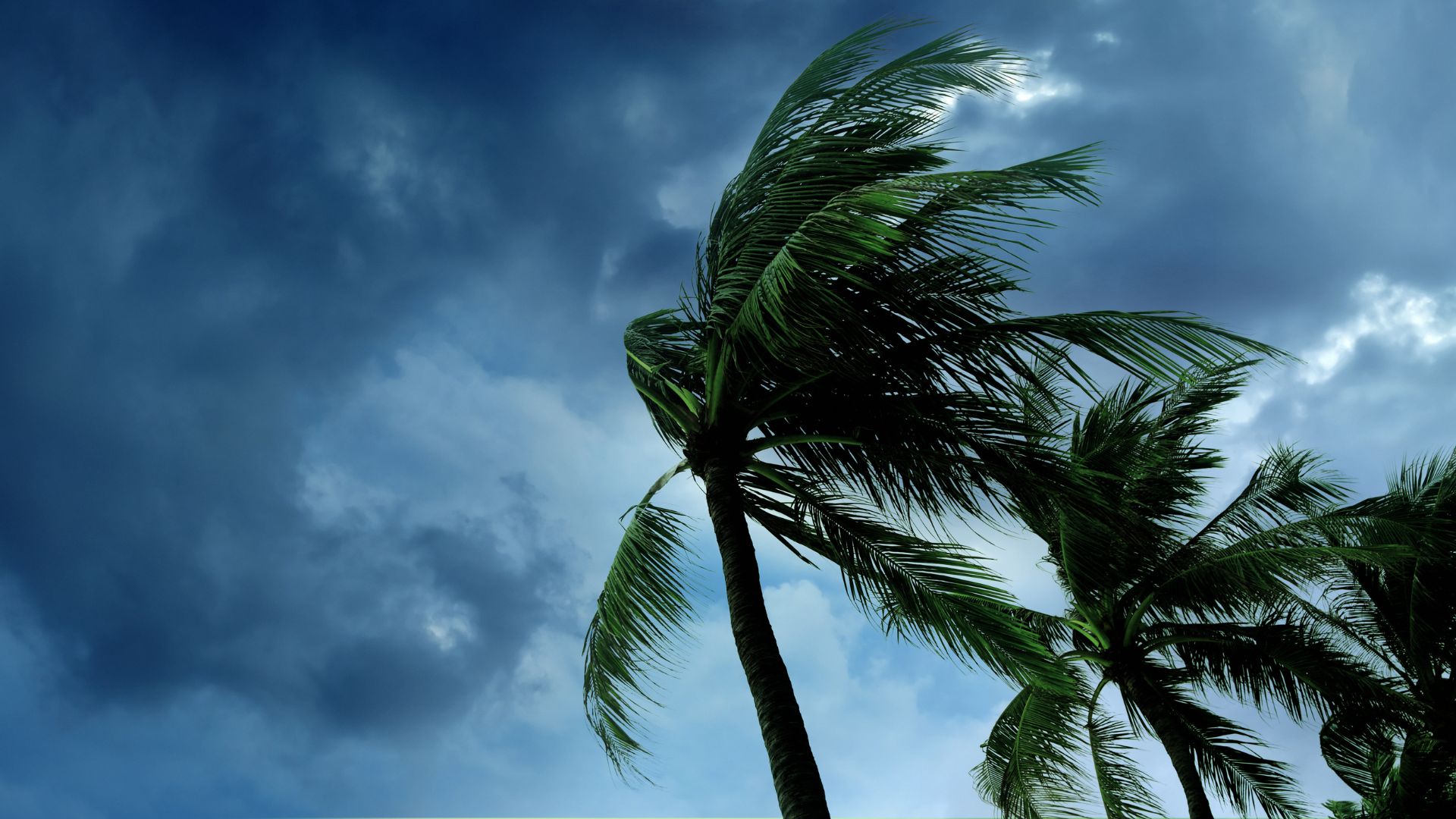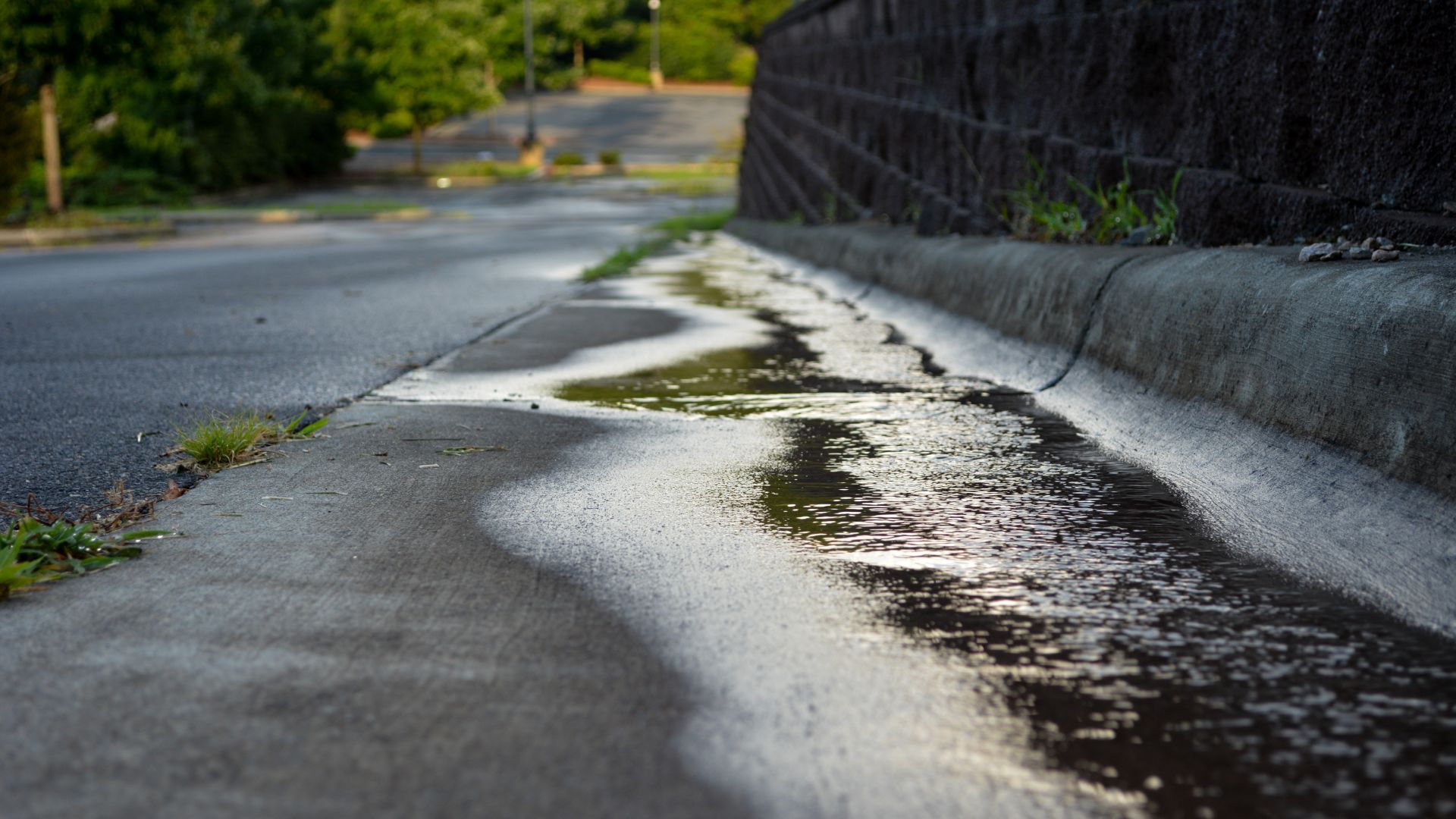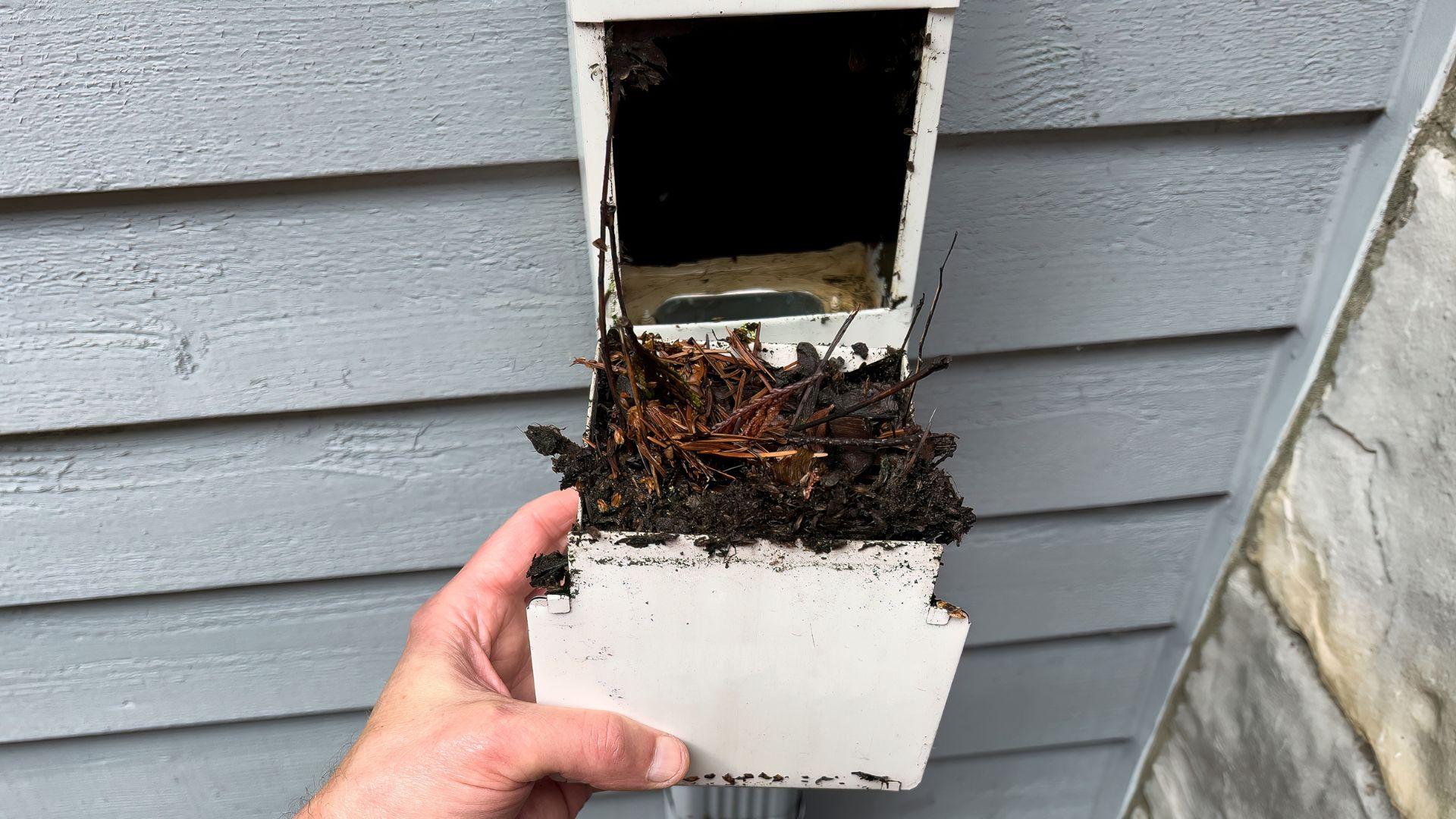7:00AM to 5:00PM
In this journey, every raindrop tells a story of interaction between the natural world and our built environment. From the moment it hits a rooftop, flows down a gutter, trickles along a street, and eventually finds its way into a stormwater drain, the raindrop embarks on a complex voyage. It navigates a maze of infrastructure designed to mitigate the effects of urbanisation on the natural water cycle.
Understanding this journey reveals insights into how our cities and towns manage water and illuminates our significant role in this process.
From the decisions we make about our homes and gardens to how we design and build our cities, we all contribute to stormwater’s journey from sky to sea. By exploring the basics of stormwater drainage, we can better appreciate these interactions and work towards more sustainable practices.

Stormwater refers to any form of precipitation—whether rain or hail—that falls to the ground. In natural landscapes with minimal human intervention, the soil absorbs most of this water, aiding in plant growth and replenishing groundwater reserves. Some of it evaporates into the atmosphere, and a smaller portion flows over the land, eventually making its way into bodies of water like streams and rivers.
In contrast, urban and suburban areas present a different scenario. The prevalence of impervious surfaces – such as concrete, asphalt, and rooftops – prohibits stormwater’s natural absorption and evaporation. Instead, the water quickly becomes surface runoff, which can lead to rapid and large-volume water flow during heavy precipitation events. Urban areas utilise stormwater drainage systems to manage this runoff and prevent flooding and erosion. These systems, comprising a network of gutters, drains, and often underground pipes, are designed to collect and channel stormwater efficiently towards designated discharge points, usually local water bodies.
Stormwater drainage systems are an indispensable component of urban infrastructure designed to manage and control the flow of stormwater runoff. Without these systems, cities would be prone to problems like waterlogging and flooding during heavy rain or snowmelt events.
These engineered networks collect stormwater from various sources, such as rooftops, streets, parks, and other impervious surfaces. They transport this runoff, potentially mixed with pollutants and debris, away from urban areas to prevent water accumulation and subsequent damage.
Stormwater drainage systems can be broadly classified into surface and subsurface systems.

Surface Drainage Systems consist of visible elements on the city streets. These include curbs, gutters, ditches, and storm drain inlets. They are designed to capture and channel runoff to the nearest storm drain inlet. From here, the water is transported away through subsurface elements.
Subsurface Drainage Systems, on the other hand, are typically hidden from view. They include infrastructure like pipes, tunnels, and, sometimes, storage facilities. These systems carry the water collected by surface elements to local water bodies like rivers, lakes, or the ocean. In some cities, the stormwater might first pass through a treatment facility to remove pollutants before discharge.
Overall, stormwater drainage systems are crucial to our cities. They provide an effective solution to manage stormwater runoff and prevent potential flooding while also playing a vital role in maintaining the health of our urban water ecosystems.
Once stormwater enters a stormwater drainage system, its journey is far from over. The exact path it takes can vary depending on the specific design and setup of the local infrastructure and the area’s geographical and environmental conditions.
The most common destination for stormwater is a nearby water body, such as a river, lake, or even the ocean. These natural bodies of water are often used as discharge points where stormwater can be released safely. The movement of stormwater from urban areas to these water bodies is crucial in preventing flooding and waterlogging in our cities and towns.
However, directly discharging stormwater into these bodies of water can have environmental implications, mainly if the runoff contains pollutants, which it often does. Pollutants can range from litter and organic matter to chemicals from road surfaces and bacteria. To mitigate this, some urban areas have stormwater treatment facilities.

Stormwater treatment plants are designed to clean the water before it’s discharged. They use various methods to remove pollutants, including sedimentation (allowing particles to settle), filtration, and sometimes biological processes. The cleaned water is then typically released into a local water body or used for non-potable purposes, such as irrigation or industrial cooling.
In certain circumstances, stormwater might be directed to infiltration facilities or structures where it can seep directly into the ground. This process, known as infiltration, allows the water to slowly permeate back into the earth, replenishing underground water reserves or aquifers. This method is beneficial as it helps to maintain groundwater levels and can naturally filter out some pollutants. However, suitable soil conditions and careful monitoring are required to prevent potential contamination of groundwater.
If not properly managed, stormwater runoff can have significant environmental and public health impacts. Water flows over urban surfaces to pick up pollutants, including oil, pesticides, and heavy metals. This polluted runoff can degrade water quality in local water bodies, affecting aquatic ecosystems and potentially making the water unsafe for human use.
In urban areas, impervious surfaces can increase the volume and speed of runoff, leading to problems like flash floods during heavy rainfall and soil erosion, as rapid water flow carries away topsoil. This causes property damage, potentially endangers lives, contaminating water bodies, and harming aquatic habitats.

Urban runoff can also disrupt the natural water cycle. Impervious surfaces prevent water infiltration into the ground, adversely affecting groundwater recharge and altering the natural flow of rivers and streams. These impacts highlight the importance of effective stormwater management in preserving our water resources and maintaining sustainable communities.
Effective stormwater management is essential to minimising environmental and public health impacts. It involves a combination of infrastructure maintenance, landscape design, and the use of porous materials in urban settings.
Regularly maintaining the property’s gutters, drains, and downspouts is fundamental. Keeping these systems clear allows them to function efficiently, reducing the chances of overflow, blockages, and subsequent water damage or flooding.
Implementing green infrastructure, such as rain gardens or green roofs, can significantly reduce stormwater runoff. Rain gardens are designed to capture runoff and allow it to infiltrate back into the ground. Green roofs, on the other hand, absorb rainwater, reduce runoff, and provide insulation.
Absorbent or porous materials for driveways, paths, or other surfaces can help reduce runoff. These materials allow water to seep through, promoting natural groundwater recharge.
Spreading awareness about the importance of stormwater management can encourage responsible behaviours. This can include proper waste disposal to prevent litter in stormwater or community projects to install rain gardens or clean local water bodies.
Understanding stormwater drainage and its environmental impact is the first step towards a more sustainable future. Each raindrop’s journey from sky to sea is intrinsically linked to our choices, from our home maintenance practices to the materials we use in our paths and driveways. By implementing effective stormwater management practices, we can prevent water damage and flooding and contribute to protecting our local water bodies and the rich ecosystems they support.
Gold Coast Plumbing Company invites you to join us in this essential task. Our experienced team can help ensure your property’s stormwater system functions optimally, reducing potential environmental impacts, blocking stormwater drains and protecting your home from water-related damage. Contact us today to learn more about our services and how we can help you positively impact our shared water future. Let’s journey together from a single raindrop to a healthier planet.